DIRECTIONS – REVIEW THE ENTIRE UNIT 2.
1. Know what is your AP focus (objective). Go to your Unit Guide For APWH – p. 63. Review Using the Unit Guide.
2. National Geographic – Interactive Mapping
3.
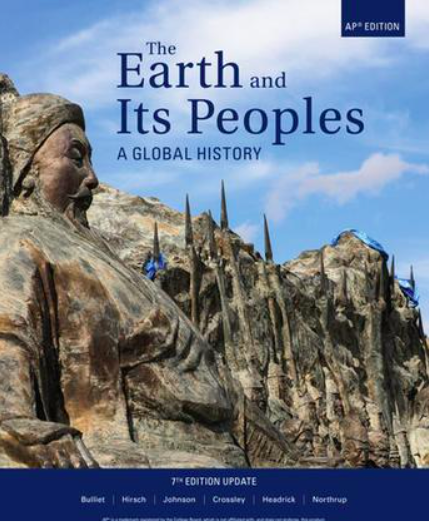 ASSIGNED TEXTBOOK READING – NONE. Review past readings.
ASSIGNED TEXTBOOK READING – NONE. Review past readings.
4.
| Video | Content | Historical Thinking Skills |
|---|---|---|
| 1st Video | comparisons between networks of exchange in the period from 1200 to 1450 CE | 6B – focus on the skill of developing and supporting an argument using evidence |
5.
Each of the major trade routes had much in common. They connected distant societies by trade and had significant secondary consequences. In addition to merchants carrying goods for sale, they also carried important cultural, environmental, and technological goods that they introduced to the various cultures in which they found themselves.
Some major technologies that arose to facilitate trade are as follows:
- the saddle
- the lateen sail
- the sternpost rudder
- the magnetic compass
- the astrolabe.
Additionally, because large states kept the trade routes relatively safe, travelers like Ibn Battuta and Marco Polo helped expand people’s imaginations for lands far beyond their own.
And, of course, we have a look at the most significant pastoral people ever to take the stage of world history: the Mongols. They were largely responsible for the security of the major trading routes and, on the negative side, the spread of the Black Death.
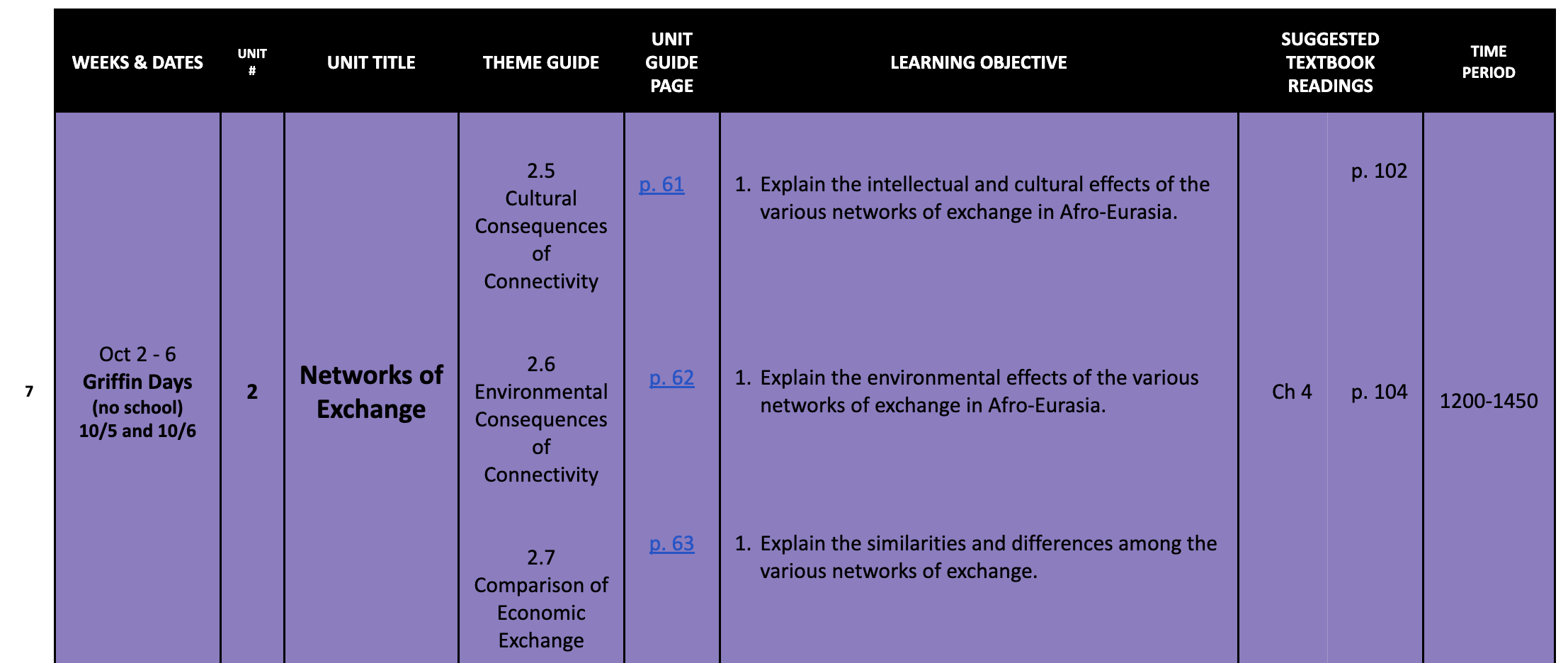
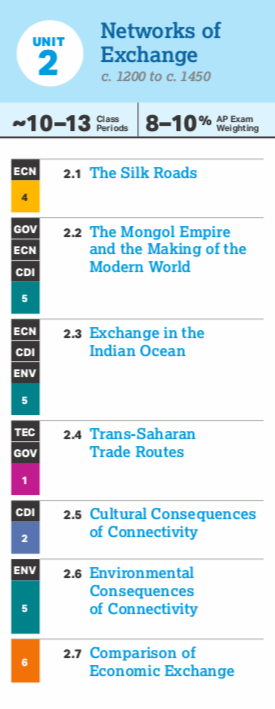

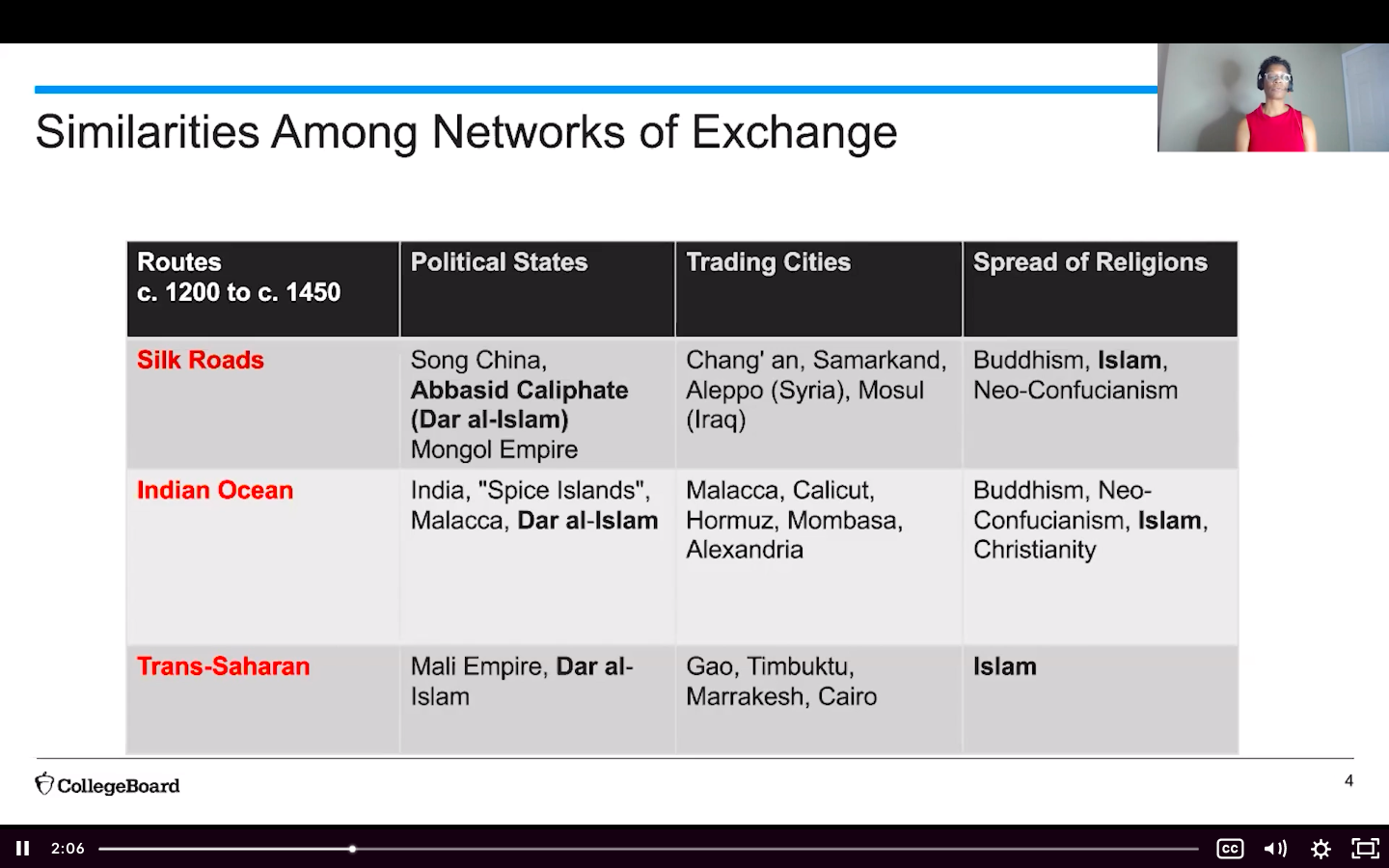
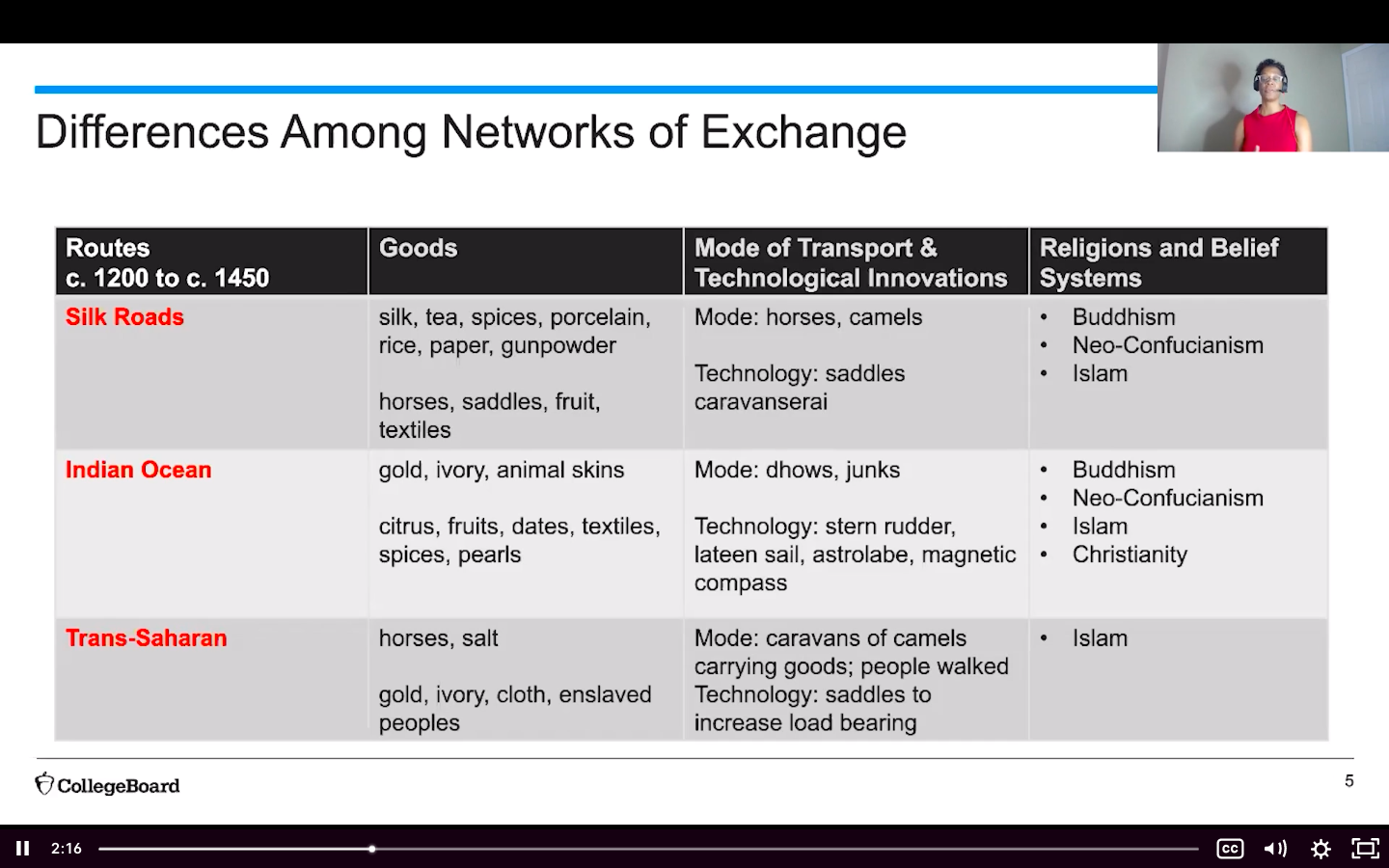
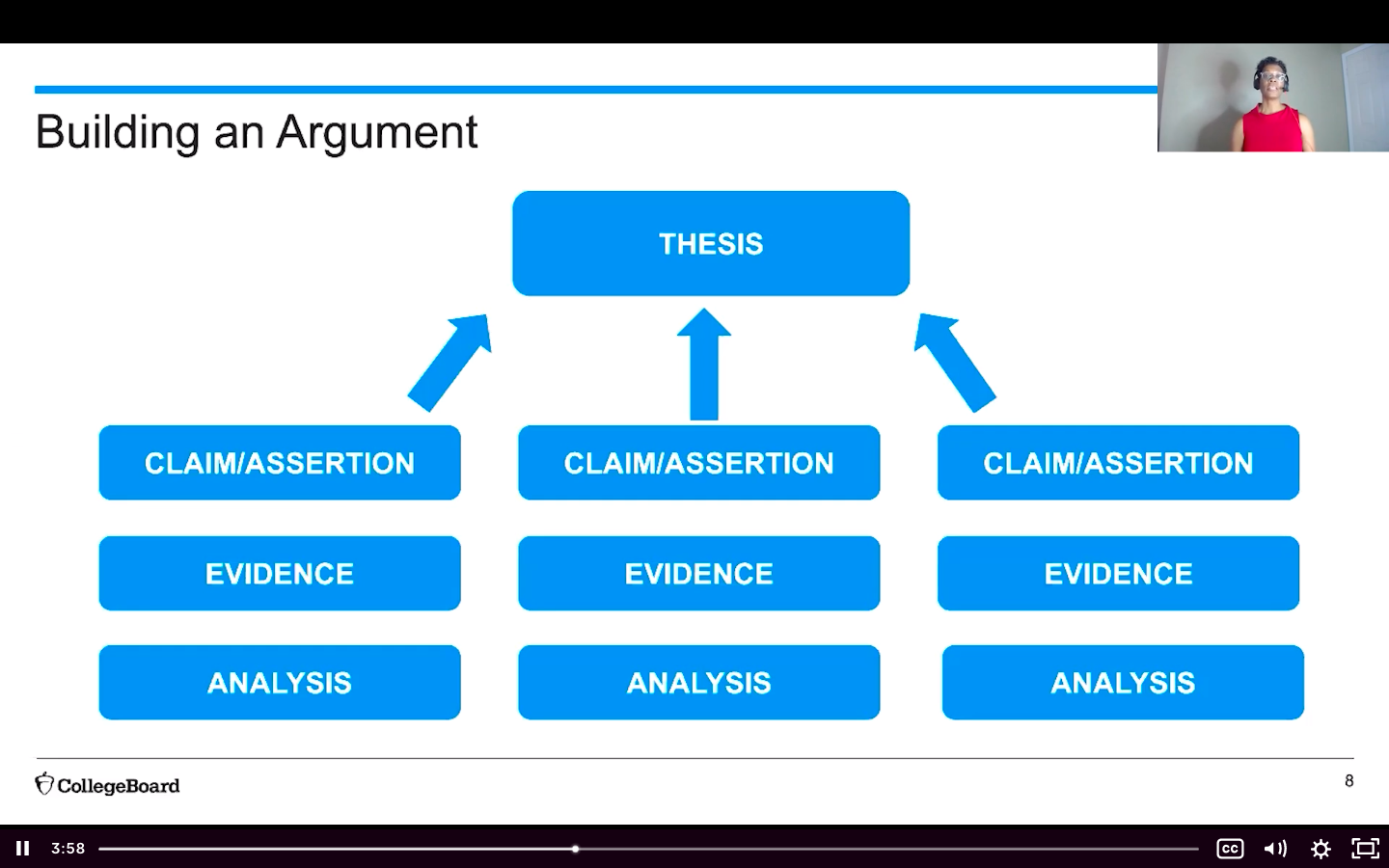


You must be logged in to post a comment.